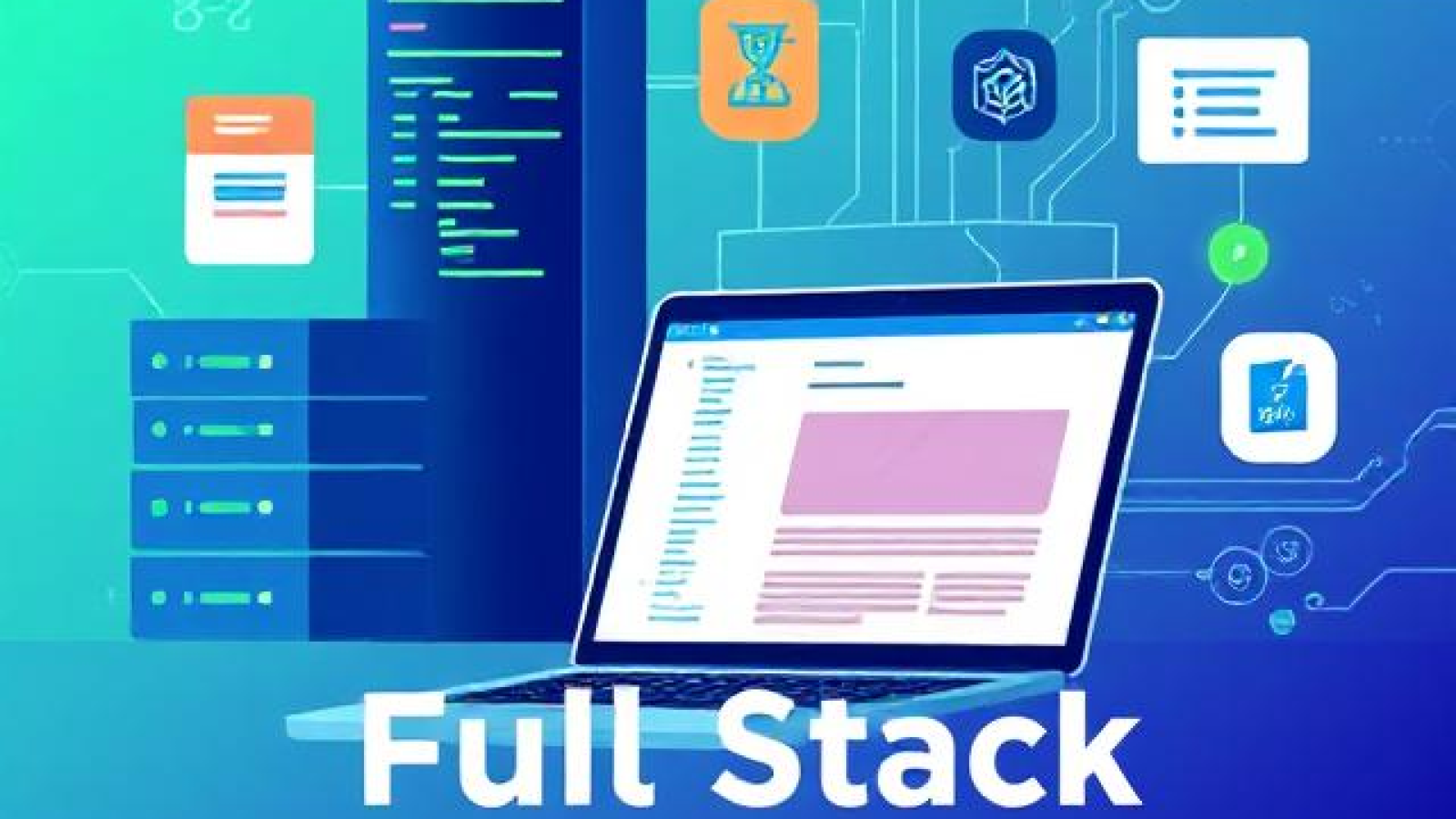Currently Empty: ₹0.00

Top Tools Every Web Developer Should Know
Introduction
In the fast-paced digital age we live in, web development has emerged as a cornerstone of the tech industry. With businesses and creators striving for a compelling online presence, the demand for skilled web developers has skyrocketed. As the web development landscape continues to evolve, staying updated with the latest tools can set one apart in this competitive arena. This article aims to shed light on the essential tools that are shaping the future of web development. Whether you’re just starting or looking to polish your skills, these tools are your ladders to success.
Code Editors: Crafting the Backbone of the Internet
In the world of web development, code editors are where the magic begins. They are the canvases upon which developers paint the future of the internet.
- Visual Studio Code: This powerhouse from Microsoft has become a darling among developers. With its intelligent code completion, embedded Git control, syntax highlighting, and the ability to customize every aspect of the editor, it’s like having a Swiss Army knife by your side.
- Sublime Text: Known for its speed and efficiency, Sublime Text offers developers a streamlined experience. Its vast array of keyboard shortcuts and the ability to edit code across multiple files simultaneously make it a beacon of productivity.
- Atom: Born from the minds at GitHub, Atom thrives on collaboration. Its real-time collaborative editing feature allows teams to work together seamlessly, no matter the distance. The strong community support and the myriad of packages make it a flexible friend for any developer.
Version Control Systems: Keeping Track of Progress
Version control is the beating heart of software development, allowing developers to manage changes and collaborate without stepping on each other’s toes.
- Git: With its unparalleled dominance, Git has become synonymous with version control. Its flexibility in supporting a variety of workflows and its robustness in handling large projects are unmatched.
- GitHub: This platform takes Git to the next level, providing a space for developers to host, review, and collaborate on projects. Its user-friendly interface and integration with various tools make it a hub for open-source projects.
- Bitbucket: While similar to GitHub, Bitbucket shines in its private repository offerings and its superior integration with Atlassian products like JIRA. It’s a haven for teams that prioritize privacy and seamless workflow integrations.
Front-End Development Tools: Bringing Designs to Life
Front-end development tools are the brushes that paint the user’s view. These tools help transform ideas into visual and interactive experiences.
- Bootstrap: As a comprehensive framework for responsive design, Bootstrap offers a library of HTML, CSS, and JavaScript components that make building mobile-first websites a breeze.
- Sass: This CSS preprocessor adds superpowers to CSS, allowing developers to use variables, nested rules, and mix-ins for more dynamic and maintainable stylesheets.
- React: This JavaScript library, developed by Facebook, is all about building dynamic user interfaces. Its component-based architecture lets developers build large web applications that can change data without reloading the page.
Back-End Development Tools: The Server-Side Story
While front-end tools paint the picture, back-end development tools are the frame that supports the masterpiece. They deal with the server-side, making sure that data flows seamlessly between the server and the user’s screen.
- Node.js: Bringing JavaScript to the server-side, Node.js has revolutionized back-end development. Its non-blocking, event-driven architecture makes it ideal for scalable applications.
- Django: For perfectionists with deadlines, Django, a high-level Python web framework, encourages rapid development and clean, pragmatic design.
- Ruby on Rails: This server-side web application framework is all about making development quicker and easier. By favoring convention over configuration, it allows developers to focus on the unique aspects of their applications.
Database Management Systems: Organizing the Data Jungle
Behind every great application is a well-organized database. These tools ensure that data is stored, retrieved, and managed efficiently.
- MongoDB: Standing tall in the world of NoSQL databases, MongoDB offers flexibility and the power to store data in a schema-less way that can adapt to the needs of any application.
- MySQL: As one of the most popular SQL databases, MySQL is known for its reliability and ubiquity across web hosting servers. It’s a solid foundation for any web application.
- Firebase: Google’s Firebase offers a real-time database solution, enabling the seamless syncing of data between users and the cloud. It’s particularly loved for developing mobile apps.
Testing and Debugging Tools: Ensuring Quality and Performance
Testing and debugging are critical for delivering flawless web experiences. These tools help identify issues and ensure that applications run smoothly.
- Jest: Praised for its delightful testing experience, Jest is a JavaScript testing framework that works out of the box for any React project. It’s fast, safe, and easy to use.
- Selenium: This tool automates browsers, making it essential for end-to-end web application testing. Its ability to mimic real-user interactions helps catch elusive bugs.
- Postman: Starting as a simple API testing tool, Postman has evolved into a comprehensive solution for API development. Testing RESTful APIs has never been easier.
Collaboration and Project Management Tools: Keeping Teams in Sync
In the realm of web development, collaboration and project management are key to delivering projects on time and within scope. These tools keep teams aligned and productive.
- Slack: Revolutionizing team communication, Slack provides a platform where conversations, file sharing, and integrations with other tools converge to boost productivity.
- Trello: With its card-based design, Trello makes organizing tasks visually appealing and straightforward. It’s like having a digital whiteboard for your projects.
- JIRA: Tailored for software development teams, JIRA offers advanced project management features, bug tracking, and agile planning, making it a staple in the tech industry.
Performance and Optimization Tools: Making Websites Faster and More Efficient
A fast and efficient website is essential for a satisfying user experience. These tools analyze and optimize websites to ensure they are at their best.
- Google PageSpeed Insights: This tool provides invaluable insights into a website’s performance on both mobile and desktop, offering recommendations for improvement.
- Webpack: As a powerful module bundler, Webpack compiles JavaScript modules into static assets, optimizing website loading times.
- Lighthouse: This automated tool by Google improves the quality of web apps by auditing them for performance, accessibility, and other essential web best practices.
Accessibility Tools: Creating Inclusive Web Experiences
Web accessibility ensures that everyone, including people with disabilities, can use and benefit from websites. These tools help in making web content more accessible.
- WAVE: This web accessibility evaluation tool provides a visual representation of a website’s accessibility issues, making it easier to understand and fix them.
- Axe: Integrated directly into your browser, Axe makes testing for accessibility straightforward, offering clear insights and recommendations.
- ARIA: Leveraging Accessible Rich Internet Applications (ARIA) techniques helps enhance the accessibility of web content, making the web a more inclusive place.
Continuous Integration and Deployment Tools: Streamlining Updates
In a world that moves fast, being able to quickly and reliably update software is a game-changer. These tools automate the process, from code integration to deployment.
- Jenkins: An extendable open-source CI/CD server, Jenkins automates the non-human part of the software development process, with continuous integration and facilitating technical aspects of continuous delivery.
- Travis CI: A hosted continuous integration service used to build and test software projects hosted at GitHub and Bitbucket.
- Docker: This tool has changed the game by simplifying deployments through containerization. It packages applications and their dependencies into containers, ensuring they work seamlessly in any environment.
Conclusion
Embracing these tools is like equipping oneself with the best gear before embarking on a journey in the realm of web development. As the ecosystem continues to evolve, staying curious, and learning about new tools can only broaden one’s horizon. Remember, the best tool is the one that suits your project’s needs, your team’s workflow, and your personal development style. Dive in, experiment, and find your favorites.
FAQs
Q. What is the best tool for beginners in web development?
A: It’s always a good idea to start with code editors like Visual Studio Code or Atom that are user-friendly and packed with features to ease the learning curve.
Q. Is it necessary to be familiar with all these tools to be a successful web developer?
A: While familiarity is beneficial, mastering a few key tools that align with your development focus area will be more valuable.
Q. How do I choose between similar tools for my projects?
A: Assess your project requirements, team’s familiarity, and the tool’s community support and documentation. Sometimes, it boils down to personal preference through trial and error.
Q. Can mastering one tool compensate for not knowing another?
A: In some cases, yes. Many tools overlap in functionality but excel in specific areas. Mastering one versatile tool can often cover the bases of several others.







